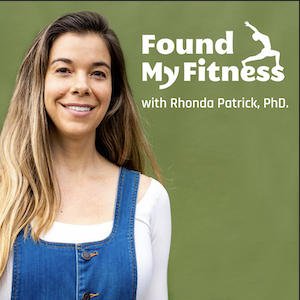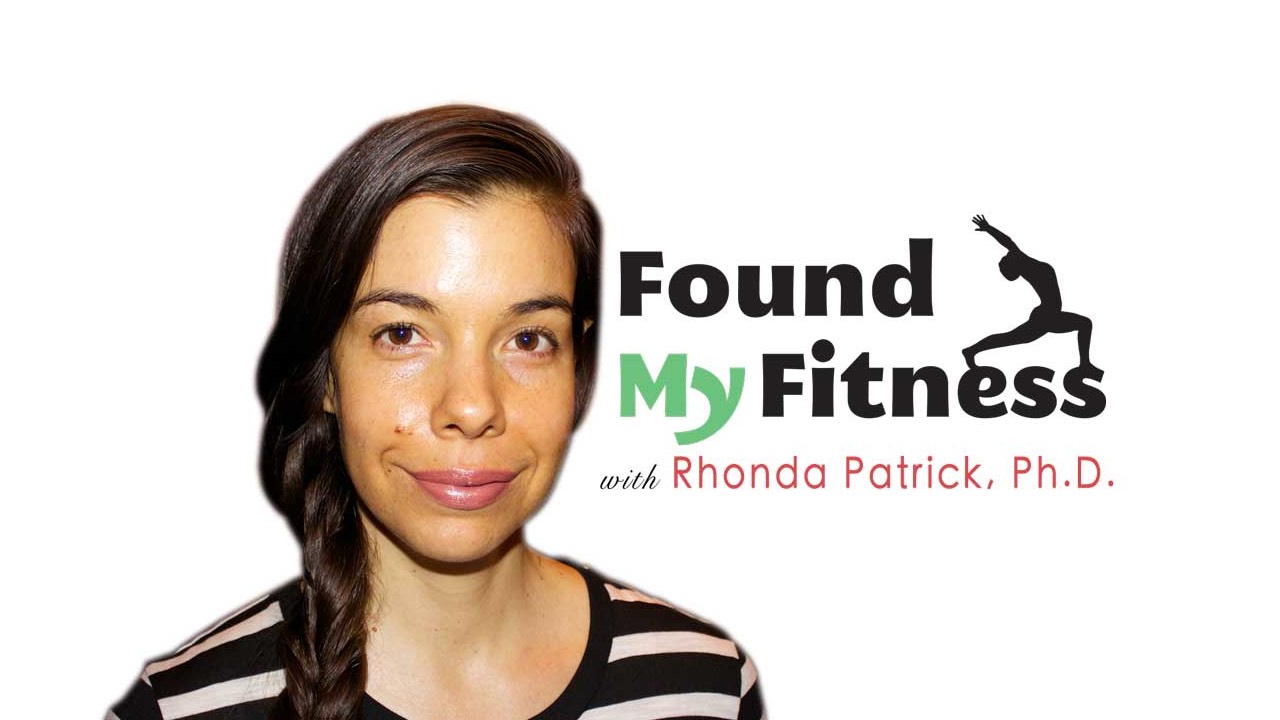Induced pluripotent stem cells used to treat macular degeneration | David Sinclair
Get the full length version of this episode as a podcast.
This episode will make a great companion for a long drive.
The BDNF Protocol Guide
An essential checklist for cognitive longevity — filled with specific exercise, heat stress, and omega-3 protocols for boosting BDNF. Enter your email, and we'll deliver it straight to your inbox.
Gene therapy using stem cells is a widely-used treatment for adeno-associated virus, or AAV, a mild, non-pathogenic eye infection common to humans and other primates. Future uses of gene therapy include treatment of other eye conditions such as glaucoma and age-related blindness in mice. In this clip, Dr. Rhonda Patrick describes a study in which stem cell-derived retinal cells were used to treat macular degeneration in a human.
David: But if you're wondering why are we testing the eyes, we're testing glaucoma, and blindness in old mice, it's because that's already on the market for AAV, so viral use. And it's localized, so if there's any problem, it's not going to hurt the rest of the body, anyway.
Rhonda: Yeah, wasn't there a clinical study, Japan, maybe it was where they used induced pluripotent stem cells to, like, heal some...I don't remember if it was like macular degeneration or some other retinal problem. It was some kind of form of blindness or something, I think I remember reading that study.
A medical condition that may result in blurred or no vision in the center of the visual field. A combination of genetics and environmental factors that cause oxidative stress, such as smoking and obesity, play a role. Often referred to as “age-related macular degeneration.”
Capable of developing into any type of cell or tissue except those that form a placenta or embryo.
A cell that has the potential to develop into different types of cells in the body. Stem cells are undifferentiated, so they cannot do specific functions in the body. Instead, they have the potential to become specialized cells, such as muscle cells, blood cells, and brain cells. As such, they serve as a repair system for the body. Stem cells can divide and renew themselves over a long time. In 2006, scientists reverted somatic cells into stem cells by introducing Oct4, Sox2, Klf4, and cMyc (OSKM), known as Yamanaka factors.[1]
- ^ Takahashi, Kazutoshi; Yamanaka, Shinya (2006). Induction Of Pluripotent Stem Cells From Mouse Embryonic And Adult Fibroblast Cultures By Defined Factors Cell 126, 4.
The highest level of intake of a given nutrient likely to pose no adverse health effects for nearly all healthy people. As intake increases above the upper intake level, the risk of adverse effects increases.
Member only extras:

Learn more about the advantages of a premium membership by clicking below.
Hear new content from Rhonda on The Aliquot, our member's only podcast

Listen in on our regularly curated interview segments called "Aliquots" released every week on our premium podcast The Aliquot. Aliquots come in two flavors: features and mashups.
- Hours of deep dive on topics like fasting, sauna, child development surfaced from our enormous collection of members-only Q&A episodes.
- Important conversational highlights from our interviews with extra commentary and value. Short but salient.
Aging Videos
Related Episodes










































































































































































































































